Interlocking Metal
Interlocking metal weatherstripping is an efficient way to seal air leaks around doors. It comes with two different pieces; one attaches to the door, and the other to the jamb and the threshold. When closed, the two pieces interlock to form a seal. This type of weatherstripping is the most difficult to install, a job best left to pros. If your doors already have interlocking metal weather-
|
|
||
|
|||
|
|||
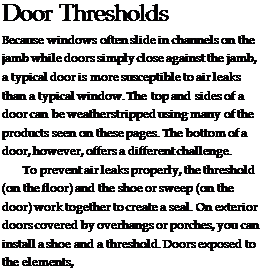 |
|||
|
|||
|
|||
|
|||
|
|||
|
|||
|
|||
|
|||
|
|||
|
|||
|
|||
|
|||
|
|||
|
|||
|
|||
|
|||
|
|||
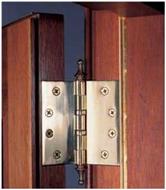
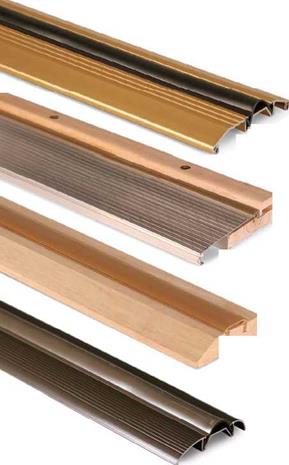
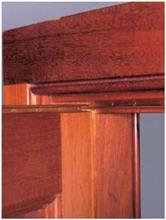
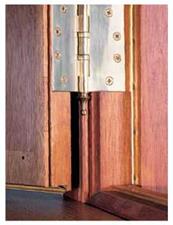
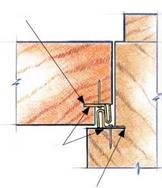
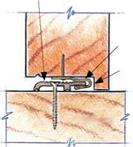
however, should be outfitted with a threshold designed to shed water away from the house. If an existing wooden threshold shows signs of water damage, simply replacing it will only postpone a larger problem.
Installing a door sweep is the final step in sealing air leaks under a door. Sweeps come in various styles, one of which simply attaches to the outside of a door. Metal, vinyl, or wood versions connected to either felt or foam all can be cut to length with a hacksaw, backsaw, or tin snips, and most simply screw to the bottom of a door. When trimming the sweep, cut it about V8 in. shy of the overall door width. Some versions are nailed instead of screwed into place. If possible, opt for a version that screws into place through elongated holes because they allow for easy adjustment.
Other sweep styles actually wrap the bottom of the door and rely on a rubber or foam gasket along the door’s bottom edge to seal tight against the threshold. Again, look for a model with elongated screw holes that enable you to adjust the sweep. You might have to remove the door to mount the sweep.
Automatic door sweeps are a fairly recent invention, and they come in handy if the door opens over irregular stone or carpeted floors, where a regular sweep would drag or bind. With automatic door sweeps, a vinyl flap drops down to seal leaks when the door is shut, but retracts when the door is open. If it sounds like hoodoo, it’s not: A stop button attached to the jamb lifts and closes the flap.
Matthew Teague is a furniture maker and journalist in Nashville, Tenn.
|
|
|
|
|
|
|

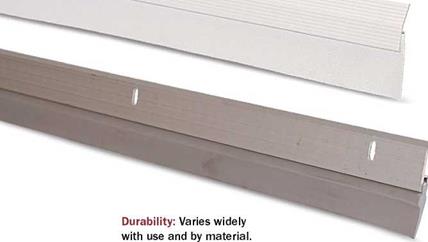






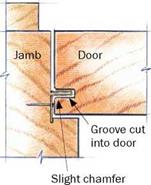
Leave a reply